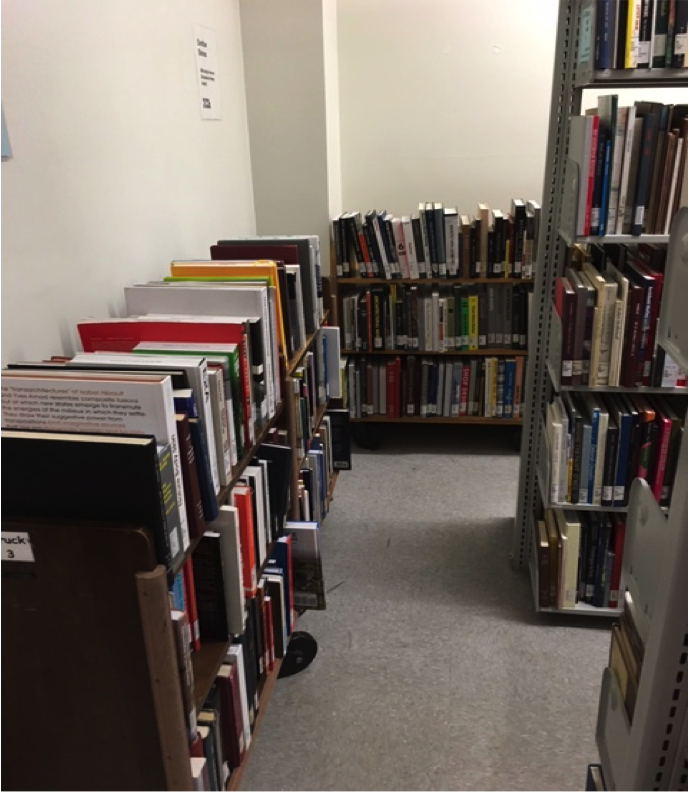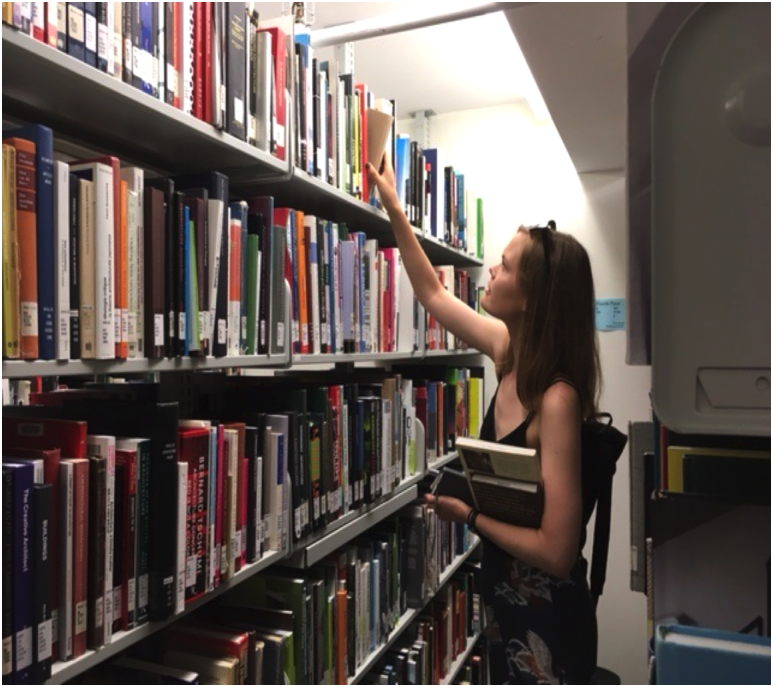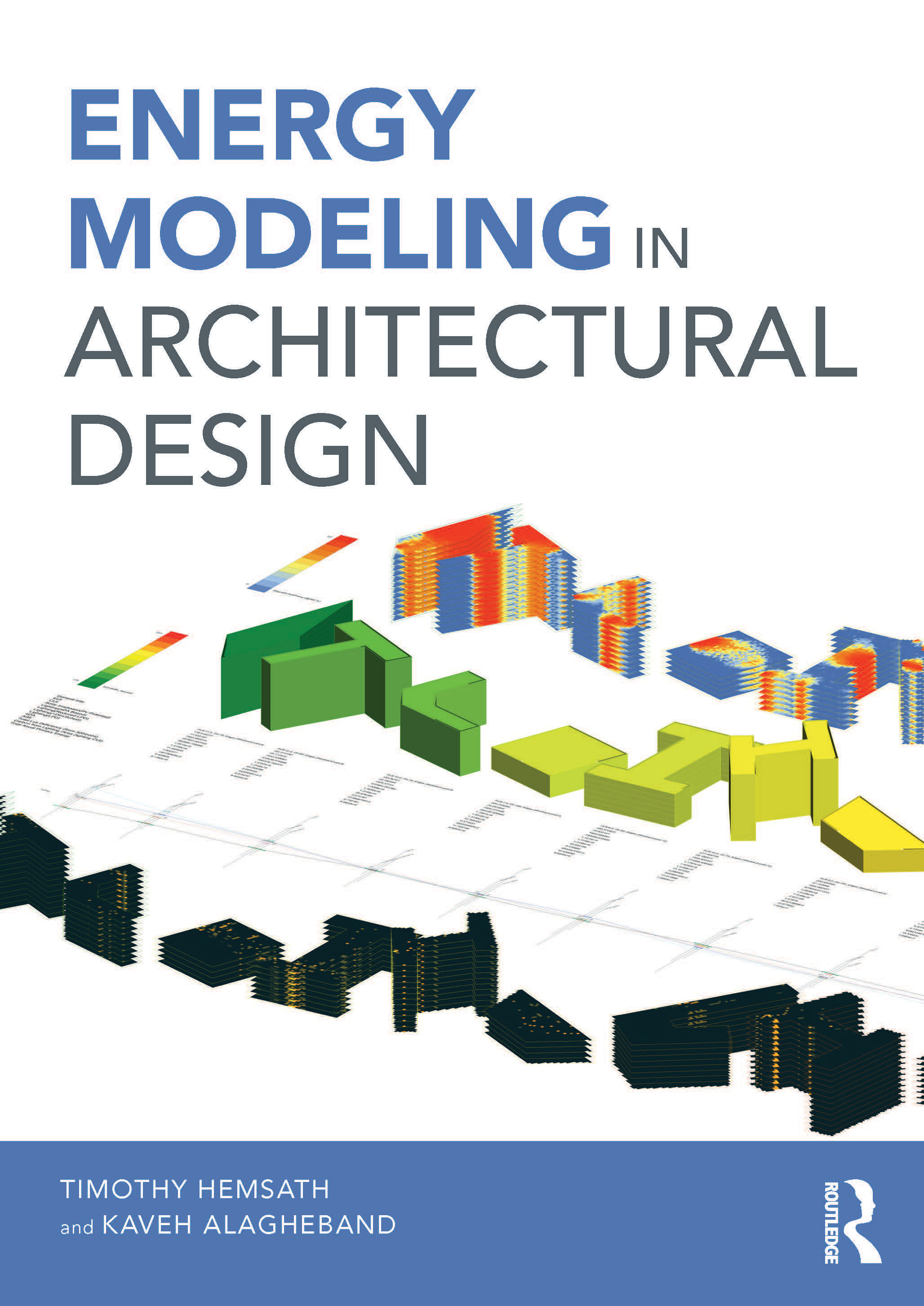NewSchool of Architecture & Design
NewSchool of Architecture & Design Welcomes Renowned Architects Steven Holl, Juhani Pallasmaa and Sergei Gepshtein as Guest Lecturers in Neuroscience for Architecture
Special four-day executive course focusing on exploring the juncture of brain and the built environment
SAN DIEGO, Calif. – August 14, 2017 – NewSchool of Architecture & Design (NewSchool) is excited to welcome world-renowned architects and visionary leaders as guest lecturers at its new, innovative Neuroscience for Architecture Summer Intersession Program. This special four-day executive course, which kicks off today and runs through August 17, 2017, provides American Institute of Architects (AIA) continuing education credits for attendees, but more importantly, examines the juncture of brain and the built environment.
Leaders in the field of neuroscience for architecture will discuss their work as it relates to building bridges between these two fields. Special guest lectures and panel discussions will be held, featuring renowned architect Steven Holl, FAIA and noted Finnish architect/author/critic Juhani Pallasmaa, Hon. FAIA. Joining them will be NewSchool neuroscience faculty members Gil Cooke, FAIA and Tatiana Berger, Assoc. AIA, along with guests Gordon Chong, Ph.D., FAIA and Alison Whitelaw, FAIA. Prominent neuroscientists featured in the program include Fred Gage, Ph.D., Thomas Albright, Ph.D., and Sergei Gepshtein, Ph.D. of the Salk Institute, and Eduardo Macagno, Ph.D., Founding Dean of the School of Biological Sciences at UC San Diego.
Special Guest Lectures:
Juhani Pallasmaa is a Finnish architect, professor of architecture, and dean at the Helsinki University of Technology in Finland. Pallasmaa’s approach to architecture and design is rooted in phenomenology, in which he allows the environment to inform his designs. As a leading international figure in contemporary architecture, design, and art culture, he has written and lectured extensively throughout the world on architecture and the visual arts, environmental psychology, and cultural philosophy for more than 40 years.
Steven Holl, who leads an internationally renowned architecture and urban design office with locations in New York City and Beijing, is an American artist and award-winning architect. He is known for his organic design approach in which the site itself generates an “architectural idea,” which he then applies. Holl is recognized for his ability to blend space and light with great contextual sensitivity and to utilize the unique qualities of each site to create a concept-driven design. He was one of the keynote speakers at last fall’s Academy of Neuroscience for Architecture conference.
Sergei Gepshtein is the founding director of the Collaboratory for Adaptive Sensory Technologies at the Salk Institute. With a background in neurobiology, psychology, and vision science, he brings a unique perspective on how visual systems organize information and shape our perception.
The Neuroscience for Architecture Summer Intersession Program will include studio work along with other guest lecturers and studio time. This unique course also features noted neuroscientists describing current research and discussing its implications for design. This course is intended for licensed architects, urban designers, planners, design professionals, healthcare industry professionals, doctoral candidates, and post-graduate students in architecture and related fields.
For more information on NewSchool of Architecture and Design, please contact Rachael Lighty at rlighty@newschoolarch.edu.
About NewSchool of Architecture & Design:
Located in San Diego’s design district, NewSchool of Architecture & Design prepares students for career success in design fields through an emphasis on interdisciplinary and global design skills, industry collaborations and real-world projects. Programs include architecture, construction management, product design, media design, design studies, and interior architecture and design. NewSchool is accredited by the Western Association of Schools and Colleges Senior College and University Commission. NewSchool’s Bachelor and Master of Architecture programs are accredited by the National Architectural Accrediting Board (NAAB). NewSchool is one of more than 70 institutions in 25 countries that comprise the Laureate International Universities network. Through collaborations with sister institutions in the Laureate network, including Domus Academy in Milan, Italy, NewSchool students are prepared to work in global and diverse organizations. For more information, visit www.newschoolarch.edu

 Study Architecture
Study Architecture  ProPEL
ProPEL 





